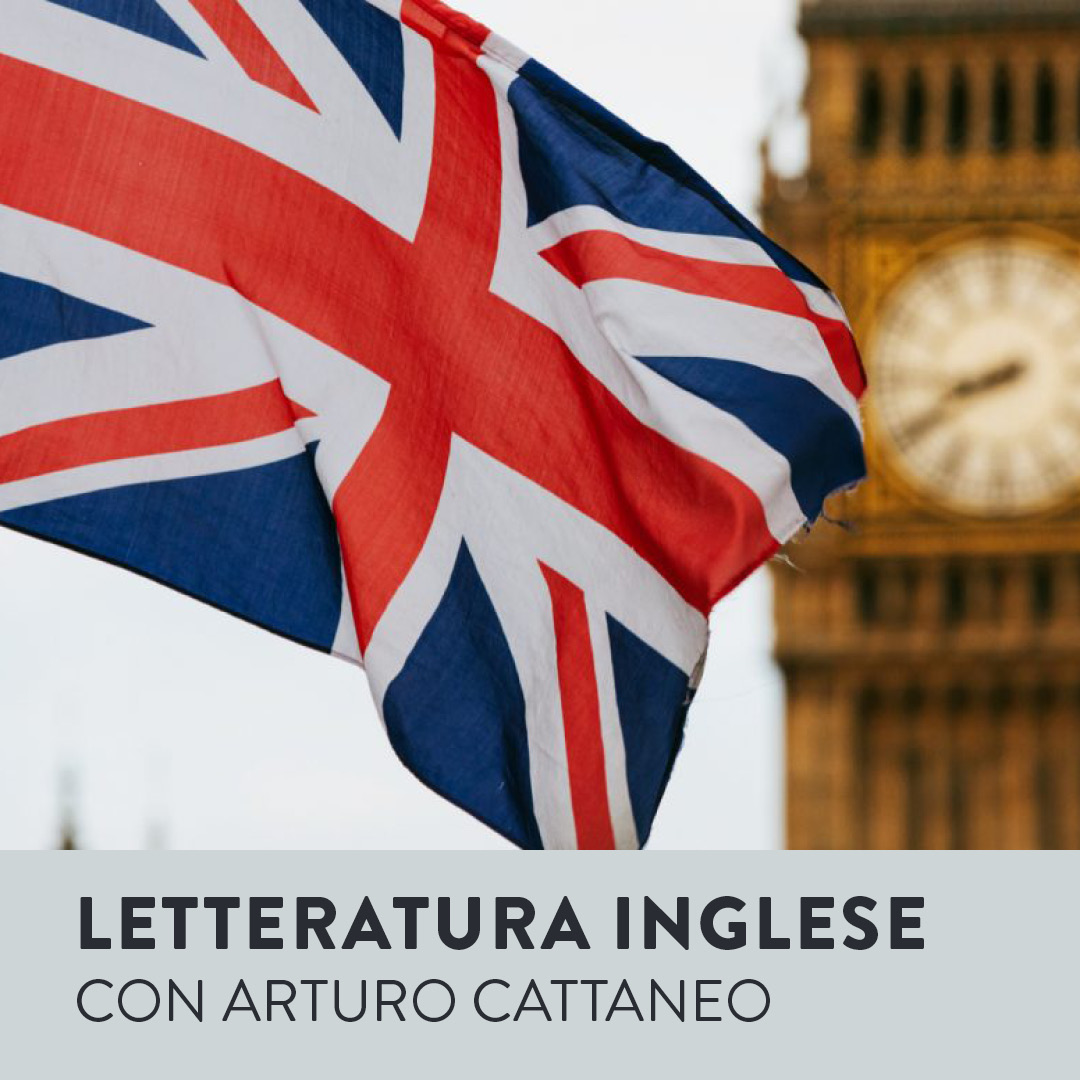
Slavery Old and New: The Tempest, Robinson Crusoe, Oliver Twist, 1984
Il Tema
Slavery has taken many forms in the past few centuries, most of which are reflected in some of the best works of English literature. The archetypal work in this tradition is certainly Shakespeare’s The Tempest, where the relation between colonizer and colonized (or master and slave) is given its basic traits. These are fully set out in Defoe’s Robinson Crusoe, in which the exploitation of both human and natural resources already describes the workings of modern colonialism. But slavery can also manifest itself at home, especially among the weakest and the less privileged: Dickens’s Oliver Twist is a case in point, describing the ruthless exploitation of young children (but also women) in Victorian England. Finally, Orwell’s 1984 is a bleak reminder of the risks involved in a world controlled by high technology: slavery of another kind, but still based on what Orwell called “man’s dominion over man”.
Relatore
Arturo Cattaneo è Professore Ordinario di Letteratura Inglese presso l'Università Cattolica di Milano. Ha pubblicato libri e saggi in italiano e in inglese. Tra i libri, un lungo saggio creativo, Shakespeare e l'amore (Einaudi, Torino 2019). È autore di A Short History of English Literature (Mondadori, Milano 2019), e di una serie di storie antologiche della letteratura inglese per le scuole superiori (L & L l’ultima, edita da Signorelli, Milano). Ha pubblicato due romanzi: Ci vediamo a settembre (2010, Sedizioni) e La notte inglese (2012, Mondadori).















